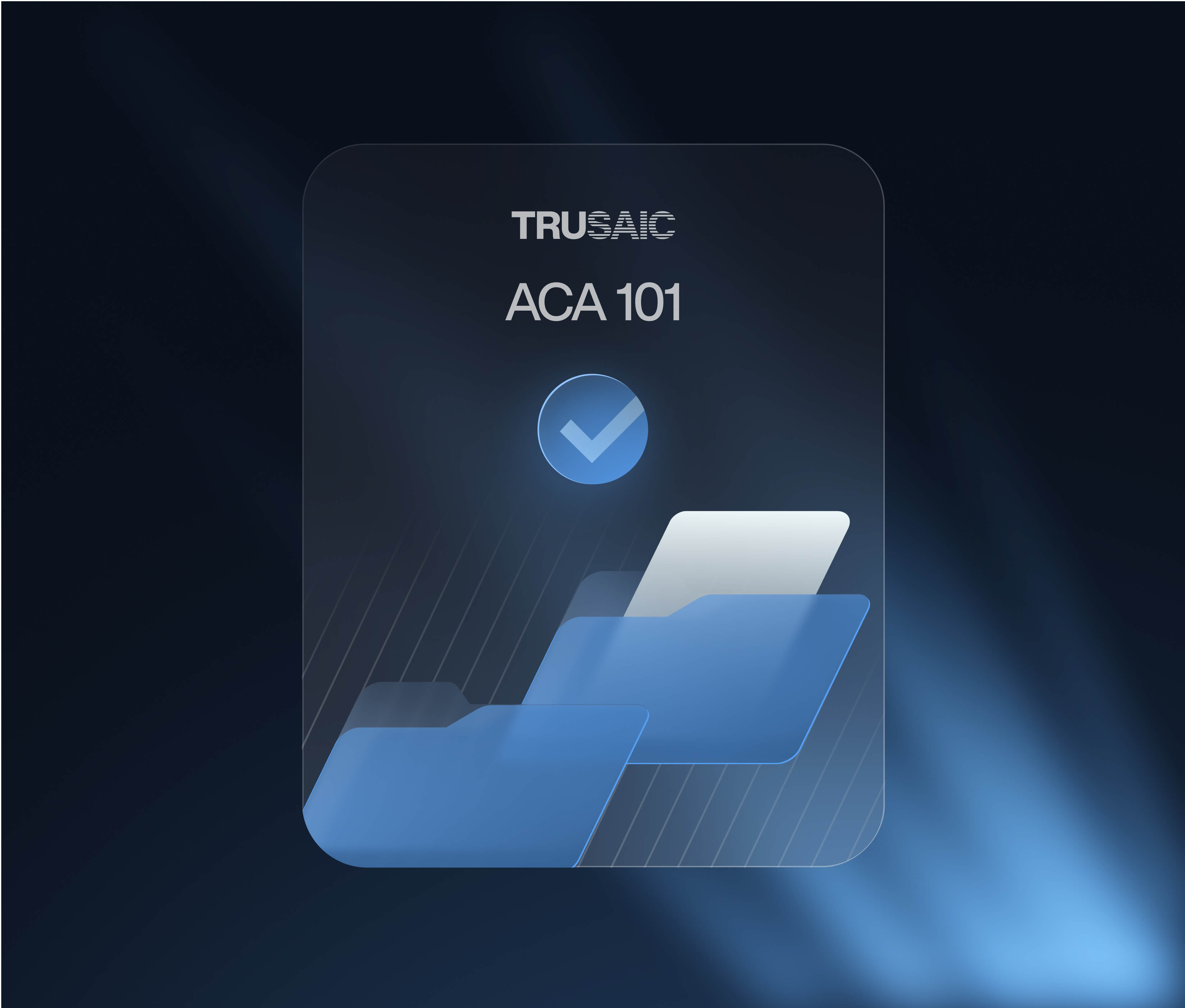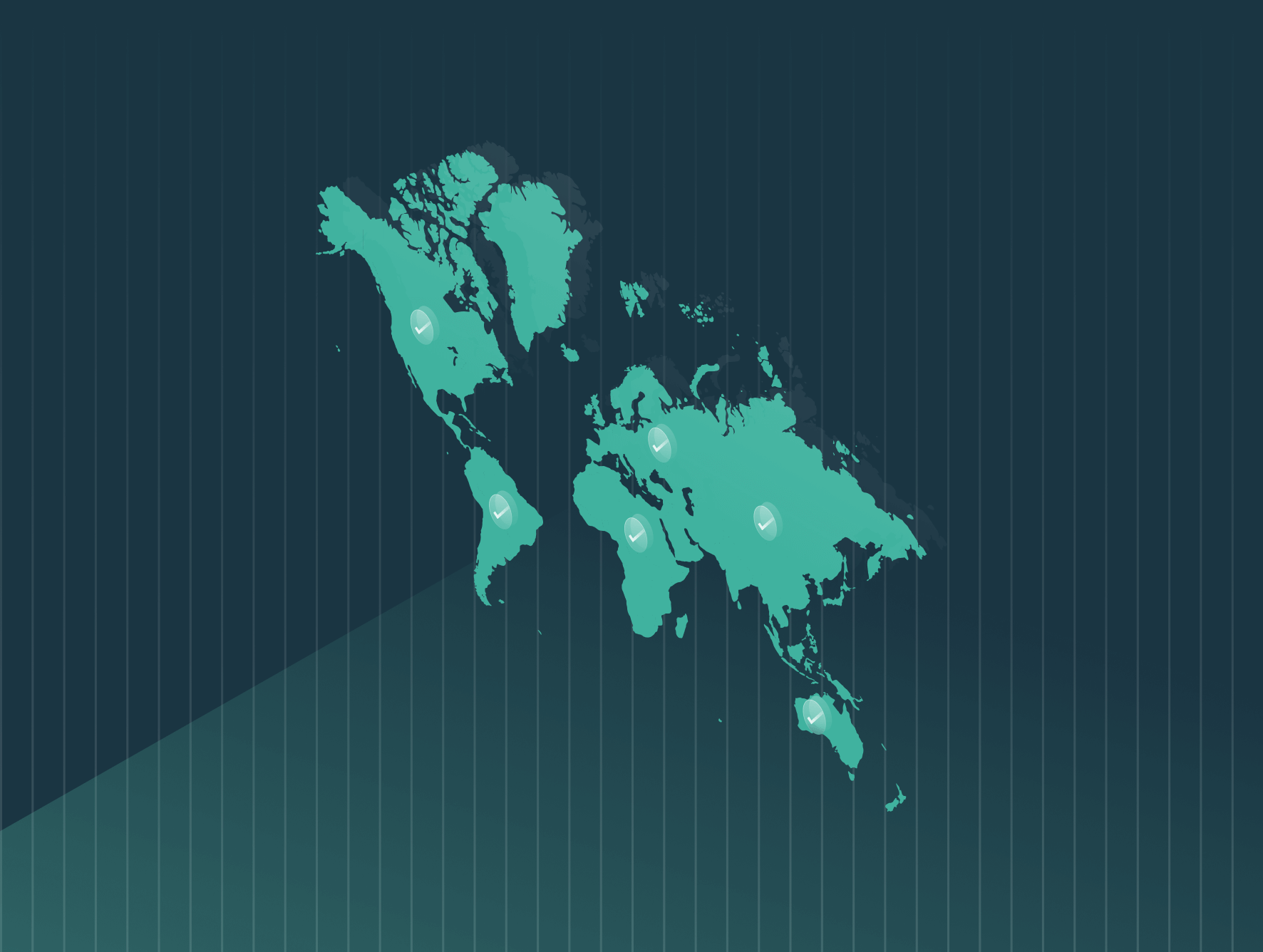Introduction
ACA affordability changes every year and deciding on what is going to be cost-effective for your workforce is no easy undertaking. Luckily, the IRS provides three different safe harbor methods to guide your business through establishing affordable contribution amounts for your employees. Which method is best for your organization? Keep reading to learn about the three affordability safe harbors, as well as see them applied in real-world situations.
It’s difficult to determine if the healthcare coverage you’re providing your workforce is affordable. To make things even more challenging, the affordability threshold changes every year.
Failing to meet the affordability component of the ACA’s Employer Mandate can result in IRS penalty assessments under IRC 4980H(b). For the 2025 tax year, that penalty amount comes out to an annualized $4,350 per employee. This is a decrease from the 2024 tax year, which was set at $4,460.
To help employers establish ACA affordability, the IRS has made available three safe harbors that employers can use to set monthly contribution amounts for employees. These safe harbors are entered as codes onto Line 16 of employees’ 1095-Cs and are reported to the IRS and to certain state governments annually. Depending on the Safe Harbor claimed, employers must also provide the monthly contribution amount on Line 15 of the 1095-C.
Your business is going to want to get this right and choosing which safe harbor is right for your business is no easy undertaking. Below we cover the three different safe harbor methods, apply real-world examples, and provide context to better help your organization decide which method will work best for your organization.
The rate of pay safe harbor (hourly)
The Rate of Pay Harbor is a method for proving ACA affordability that uses an employee’s hourly rate. This safe harbor may be better suited for employers with high variable-hour workforces due to the inconsistent hours of service employees provide. To determine the affordability threshold for an hourly worker, refer to the example below.
Take the employee’s lowest hourly rate for the month and multiply the number by 130, the minimum total of hours a worker must provide to be classified as a full-time employee under the ACA. Take the product of that calculation and multiply it by 9.02% for 2025. This will identify the maximum monthly contribution a worker can pay for health coverage to satisfy the Rate of Pay Safe Harbor and subsequently meet the affordability requirement of the ACA.
Here’s an example:
Jacob works 130 hours at an hourly rate of $15 for the month of October.
$15 x 130 = $1,950
$1,950 x 9.02% = $175.89
$175.89 = The maximum monthly contribution Jacob can pay for health coverage in the month of October to be considered ACA affordable under the hourly Rate of Pay Safe Harbor.
The rate of pay safe harbor (salary)
Determining ACA affordability using an employee’s salary and claiming the Rate of Pay Safe Harbor is similar to using an hourly rate, only it uses an employee’s salary wages for a particular month. To determine the affordability threshold for a salaried worker, refer to the example below.
Multiply an employee’s monthly salary earnings by the affordability percentage for the applicable tax year.
Here’s an example:
Debra is an ACA full-time employee who earns a monthly salary of $8,000.
$8,000 x 9.02% = $721.60
$721.60 = The maximum monthly contribution Debra can pay for health coverage in a given month to be considered ACA affordable under the salary Rate of Pay Safe Harbor.
Claiming both versions (salary and hourly) of the Rate of Pay Safe Harbor on Line 16 requires employers to enter contribution amounts for employees on Line 15 of the 1095-C.
The W-2 safe harbor
The W-2 Safe Harbor is a method for proving ACA affordability that involves the use of an employee’s W-2 Box 1, gross income. It can be the trickiest safe harbor to use because it cannot be determined until the end of the year. To claim the W-2 Safe Harbor, the following formula is generally used: W-2 Box 1 Wages multiplied by 9.02% with an adjustment for partial year coverage.
Here’s an example:
Maxwell is paid an annual salary of $50,000. He was employed for only 9 out of 12 months of the year and was offered coverage during all of his employment. $50,000 x 9.02% = $4,510
$4,510 x 9/12 = $3,382.50
$3,382.50/9 = $375.83
The total of $3,382.50 is the maximum annual amount that Maxwell’s employer can require him to pay for self-only coverage for the nine months of his employment.
On a monthly basis, Maxwell’s contribution comes out to $375.83.
Depending on when your organization’s health plan begins, waiting for W-2s to be distributed to determine affordability may prove to be challenging, given the timeliness of both extending offers of coverage, and the issuance of W-2 tax forms.
Claiming the W-2 Safe Harbor requires employers to enter contribution amounts for employees on Line 15 of the 1095-C.
The FPL safe harbor
The Federal Poverty Line (FPL) Safe Harbor is a method for proving ACA affordability that is based on an employee’s annual household income, which is a function of that employee’s household size and is adjusted on an annual basis. For the 2025 ACA reporting year, the mainland 2024 FPL of $15,060 for a household size of one is used.
The FPL Safe Harbor is best suited for employers that have mainly full-time employees that have regular, consistent hours of service because employers can subsequently set uniform contribution rates for their employees. Uniform rates are simply contribution amounts designated for an entire class of employees.
For example, all assembly line workers contribute “X” a month, and all managers contribute “Y” a month. In order for an employer to claim the FPL Safe Harbor, an ACA full-time employee’s monthly contribution for self-only coverage cannot exceed the FPL household size of one income, multiplied by the affordability percentage for the year for a given month.
Here’s the calculation for 2025:
$15,060 x 9.02%/12 = $113.20
That means that in order for an employer to claim the FPL Safe Harbor for the 2025 tax year, a full-time employee’s monthly contribution for self-only coverage cannot exceed $113.20.
Here’s an example:
Robert earns $4,000 a month working at a local Grocery Mart, amounting to an annual salary of $48,000.
The Grocery Mart has set up uniform full-time employee contributions to $80.00 a month for self-only coverage. Because the contribution is below the FPL monthly amount of $113.20 for 2025, Grocery Mart can claim the FPL Safe Harbor.
If an employer-sponsored plan is offered to a full-time employee and his/her dependents and meets the FPL Safe Harbor (and Minimum Value) for self-only coverage, the offer would be a “Qualifying Offer,” which would then eliminate the need to code Line 15 of Form 1095-C.
To add further complexity to the affordability calculation, employers should note that the March 2021 enactment of the American Rescue Plan (ARP) temporarily reduced the affordability cap to no more than 8.5% of household income for the 2021 and 2022 tax years.
The Inflation Reduction Act extended the reduced ACA affordability threshold through 2025 and as such has had a delayed influence on the ACA affordability threshold employers use for determining employee healthcare contributions as seen in the 2025 reporting year’s affordability threshold.








